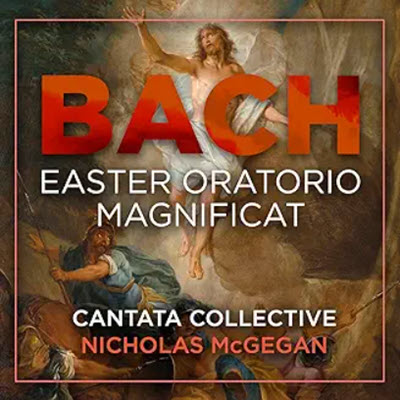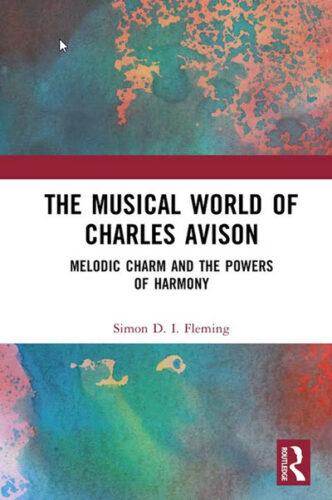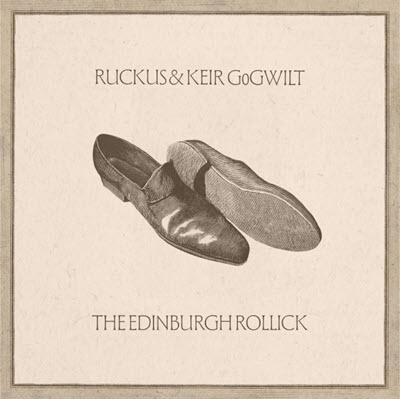by Reba Wissner
Published May 13, 2024
Expanding the Music Theory Canon: Inclusive Examples for Analysis from the Common Practice Period by Paula Maust. SUNY Press, 2023. 360 pages
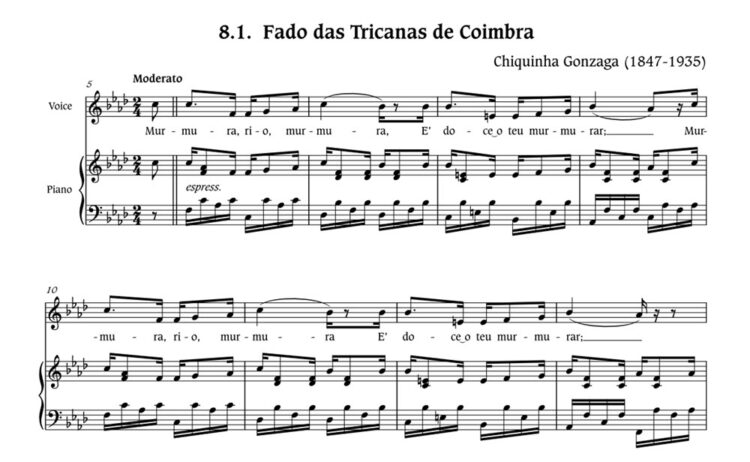
Traditionally, in music history and theory courses, students study canonic works in the Western art music tradition, which features composers from the United States, Canada, select South American countries like Brazil and Venezuela, Western European countries such as Italy, France, Germany, and some Eastern European countries such as Poland and Russia. But there has been a recent movement to expand the study of music and composers that fall outside of this canon.
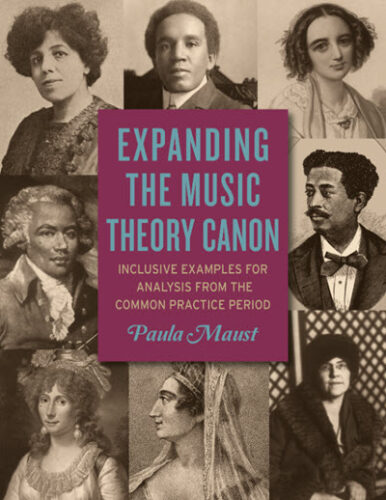
Often referred to as decolonizing the curriculum, these efforts have been to not only expose students to composers of identities that have traditionally been marginalized or underrepresented in Western art music study, but to also allow students to have their varied identities reflected in the composers whose music they studied. As a result, this movement has resulted in the publication of several new pedagogical tools, including books, databases, and anthologies that seek to traverse the music traditionally studied in music courses. There are far more materials available to expand the canon for music history courses than music theory, but the recent publication of a series of excerpts for music theory courses has changed that.
Motivated by the lack of music theory examples that include the works of women and composers of color, and to dispel the notion that members of this group were not composing music during the common practice period, Paula Maust has compiled her anthology, Expanding the Music Theory Canon: Inclusive Examples for Analysis from the Common Practice Period, which includes 255 musical examples by 67 composers writing mostly in the years from 1730–1900.
Among these composers are 14 men of color and 53 women. The countries represented in the anthology include the United States, Venezuela, Italy, France, Germany, Brazil, the Kingdom of Hawaii, England, Austria, Spain, Canada, Haiti, and Cuba. Some, such as Amy Beach (1867–1944), Harry Thacker Burleigh (1866–1949), Nadia Boulanger (1887–1979), and Samuel Coleridge-Taylor (1875–1912) are names known to many musicians, have been featured in music theory and history anthologies and their music is also readily available.
For lesser-known figures, such as Liliuokalani (1838–1917), Anacleto de Medeiros (1866–1907), Maddalena Lombardini Sirmen (1745–1818), and José White (1836–1918), this is the first time their work appears in any anthology. Congratulations to Maust for also editing and transcribing all the examples from various sources including manuscripts, parts, and printed public domain scores. In doing so, she also made them easier to read and analyze using standardized elements of the notation, such as accidentals, beaming, slurring, articulations, and dynamics.
To ensure that these composers are not just names on a page, Maust also includes biographies that include the composers’ nationality, gender, and race, professional accomplishments and, if available, a definitive surviving image of them (or the cover page of a score where none exists) at the back of the book. These biographies are short paragraphs that are contextualized with famous noble figures and well-known composers of their time with whom they interacted. To cite example, we learn here that Maud Cuney Hare (1874–1936), a name few people know, was the main authority of and wrote the first major book on Black American music. We also learn that in addition to composing, she was a musicologist who conducted fieldwork on music in Louisiana, Mexico, and throughout the Caribbean.
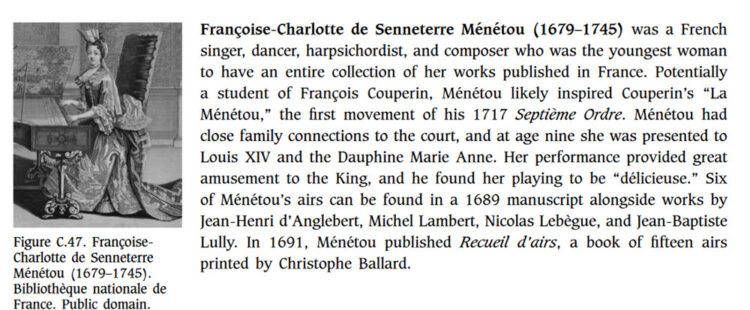
Maust’s decision on what pieces to include was based on not only what excerpt can be used to demonstrate which music theory concept but also what types are missing in many anthologies. For instance, she notes that she deliberately includes 17th- and 18th-century vocal works since most examples in music theory texts are instrumental pieces. If the plentiful examples provided in the anthology were not enough, the author provides an open-access companion website that makes available more that are not found in the book.
For ease of use, Maust divides the 33-chapter book into four main parts in increasing difficulty level: fundamentals, embellishing tones, harmonic progressions, and formal structures. She also includes tables with chapter breakdowns of the seven most frequently used undergraduate music theory textbooks, noting that they “illustrate which examples from this anthology are best suited to each chapter” as a supplement. The first 26 chapters contain a range of between six and 20 musical examples for analysis, while the last seven chapters include a total of 19 complete scores among them. Each chapter opens with a list of anywhere between four to 17 questions that serve to guide the student on what to look for in them.
The book is not written specifically for a single audience; rather, Maust notes that the book could be used equally as well in high school Advanced Placement music courses, music fundamentals courses, undergraduate music theory courses, and graduate music theory courses. Because this anthology could be used for many types of courses and levels, the questions move from the most basic (e.g., how many beats are in the measure) to more advanced questions (e.g., functional harmony), each question being provided with one or more examples. The examples and concepts in the chapters are also similarly organized, beginning with the simplest and ending with the most complex, with the goal to provide a scaffold to support students who have never undertaken score study, or who need a refresher on how to do it.
It is likely that those music history courses could also use the book. I, for instance, can see myself using some of the complete examples or excerpts as examples of a particular genre, style, or a compositional method beyond what is available in published music history textbooks and anthologies. This book is a welcome addition and valuable resource for teachers of music theory at every level who are looking to expand the music to which they expose their students and study. I therefore foresee this becoming an important resource in music theory — and by extension music history pedagogy.
Reba Wissner is Assistant Professor of Musicology and Coordinator of the Public Musicology Program at the Schwob School of Music at Columbus State University. She has published and presented on various topics related to music history and music theory pedagogies.

